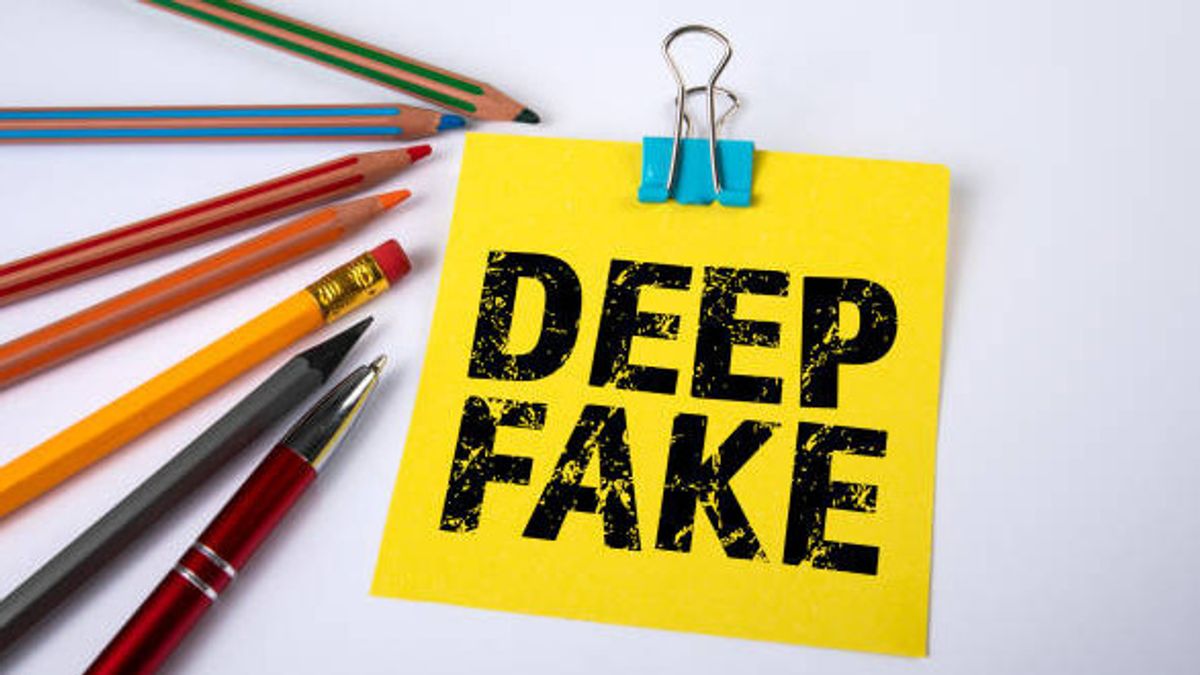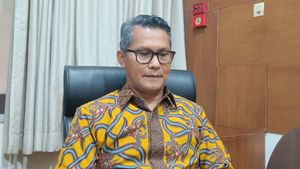JAKARTA - Digital technology is growing from time to time. Artificial Intelligence (AI) was created to make human work easier.
Deepfakes are engineering videos created by advanced artificial intelligence. Cybersecurity expert Kaspersky explained that Deepfake usually refers to various types of computer-generated media involving people and created with neural networks, in the form of videos, photos or voice recordings.
Instead of using traditional image editing techniques, the use of deep learning has shifted the need for skill and effort to create convincing fake images.
It turns out that, alongside a positive impact, this artificial intelligence technology also often has a negative impact. This technology can also help cybercriminals. Deepfakes undermine trust in audio and video content because they can be used for malicious purposes.
With all the trust issues surrounding deepfakes, users can wonder how to spot a deepfake. Here are some tips to get started recognizing Deepfakes:
A convincing deepfake, it still requires a lot of skill and effort even for a professional impersonator. Deepfakes used for scams still tend to be of low quality and can be seen by noticing abnormal lip movements, poorly made hair, misaligned facial features, little or no blinking, mismatched skin tone, and so on. Errors in rendering of clothing or hands that pass over the face can also give amateur deepfakes. If you see a famous person or public making wild claims or offers that are too good to be true, even though the video is convincing, continue to cross-check the information through a trusted source. Note that scammers can purposely code videos to hide deepfake flaws, so the best strategy is not to stare at the video for clues, but to use common sense and fact-checking skills. A trusted security solution can provide good protection if a high-quality deepfake convinces users to download a malicious file or program, or visit suspicious phishing links or websites. If you are the victim of a pornographic deepfake, you can contact both websites to request that the video be removed (many websites prohibit posting of deepfakes), and to law enforcement agencies, as deepfaking is a criminal offense under some laws and regulations.“Deepfakes are a prime example of technology evolving faster than we understand and how to manage its complications. This is why it is considered to have two points of view, on the one hand as an additional instrument for artists and on the other hand providing an opening for disinformation that can be a challenge for us society about what we believe in.” says Vladislav Tuskanov, principal data scientist at Kaspersky.
The English, Chinese, Japanese, Arabic, and French versions are automatically generated by the AI. So there may still be inaccuracies in translating, please always see Indonesian as our main language. (system supported by DigitalSiber.id)













